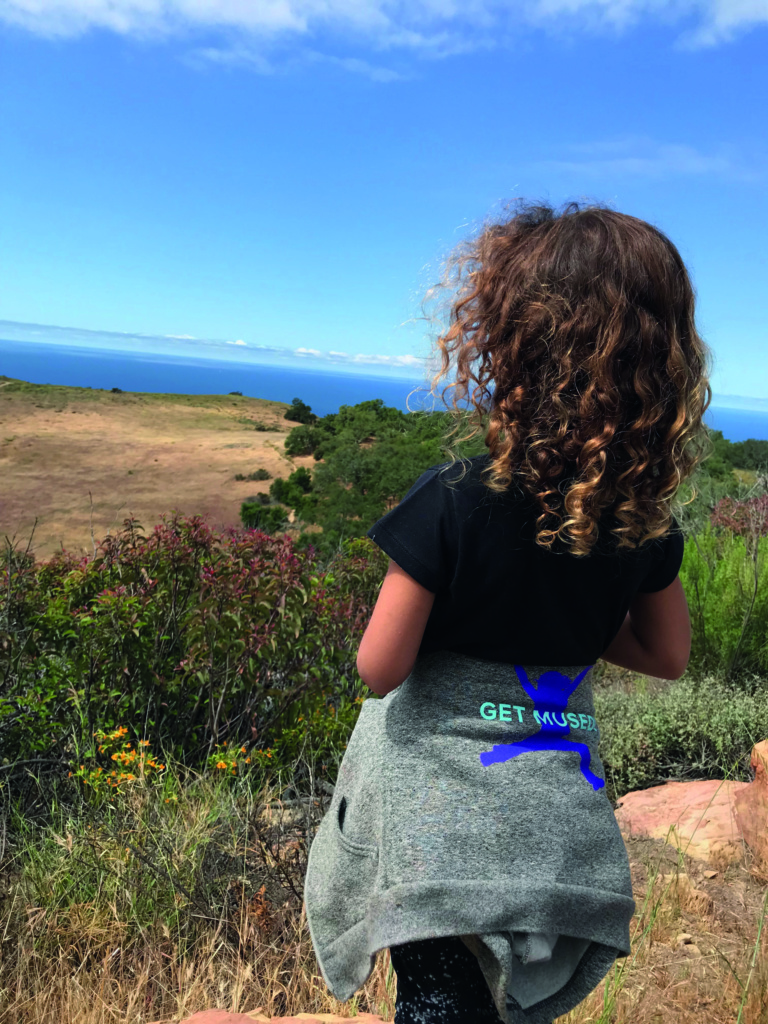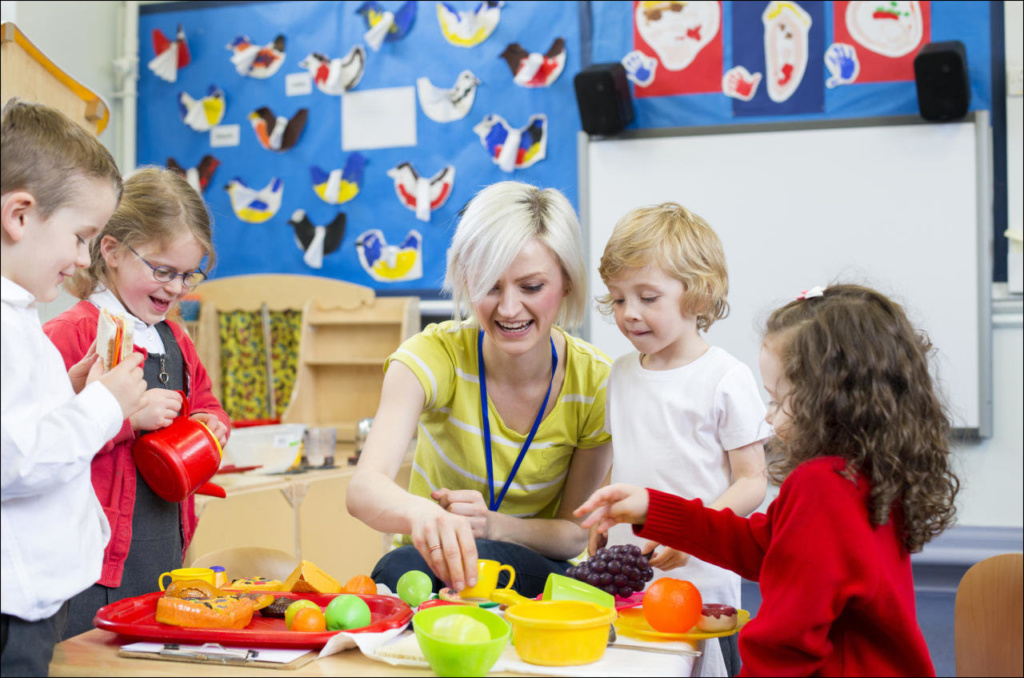
What would it look like if school taught us as much about conflict resolution as it does multiplication? How would our lives be different if we were taught to care for the earth while we learned to read? Located in the middle of California’s picturesque Santa Monica Mountains, MUSE School is striving to do these things. We are a progressive pre-K through 12th grade school with an emphasis on learning about the earth and other people while learning academics. The school is built on five pillars: sustainability, self-efficacy, academics, communication and passion-based learning.
As an ever-evolving community, we recently revisited these pillars in hopes of further acknowledging and better understanding our students’ individual development and growth. Upon reflection, while most of our milestones were detailed and established, we found we were having trouble fully gauging a student’s self-efficacy within the classroom.
Self-efficacy examines a student’s social awareness, stress and conflict management, appropriate decision making, interpersonal behaviour, attitude, and relationship building. These abstract concepts proved harder to track than how a student was performing in maths or literacy. We made it our goal to create tangible milestones with which to accurately measure a student’s growth within the self-efficacy spectrum. This would also serve as a tool in which parents could better understand our use of self-efficacy in the classroom.
Self-efficacy is the belief that one is capable of being successful in performing a task or managing a situation using openness, resourcefulness, and persistence to achieve a specific outcome. As a quote often attributed to Henry Ford says, ‘Whether you think that you can or that you can’t, you are usually right’. A child with high self-efficacy believes they have the skills to help them steer through life and reach their goals. Perhaps most importantly, self-efficacy is about learning how to persevere when one encounters failure or hardship. At MUSE School, teachers encourage goal setting, challenge negative thoughts and provide opportunities for celebrating the process instead of rescuing students experiencing difficulty, or simply celebrating the end product. Students use ORP—openness, resourcefulness, and persistence—and are empowered to take ownership over their learning, environment and social interactions. ORP is taught to all of the students, beginning with our youngest at 2 years old, all the way up to the graduating seniors embarking on their adult life.
We have identified 9 over-arching developmental spectrums in regards to a student’s self-efficacy:
- Perspective vs. tunnel vision
- Open to others’ ideas vs. negatively defending one’s own position
- Forward failing vs. backwards failing
- Connecting with a variety of personalities vs. sticking with like-minded peers
- Effective conflict resolution vs. ineffective conflict resolution
- Collaboration vs. competition
- Self and community empowerment vs. self and community control
- Solution-oriented vs. problem-focused
- Honest feedback vs. avoiding feedback
While all of these areas are important and visible in all of our classrooms, our team has focused on three of the most important spectrums to highlight below: effective conflict resolution, forward failing and an ability to be solution-oriented. Each of these aspects of self-efficacy has had a visible, immediate impact on MUSE School and the lives of our students.
